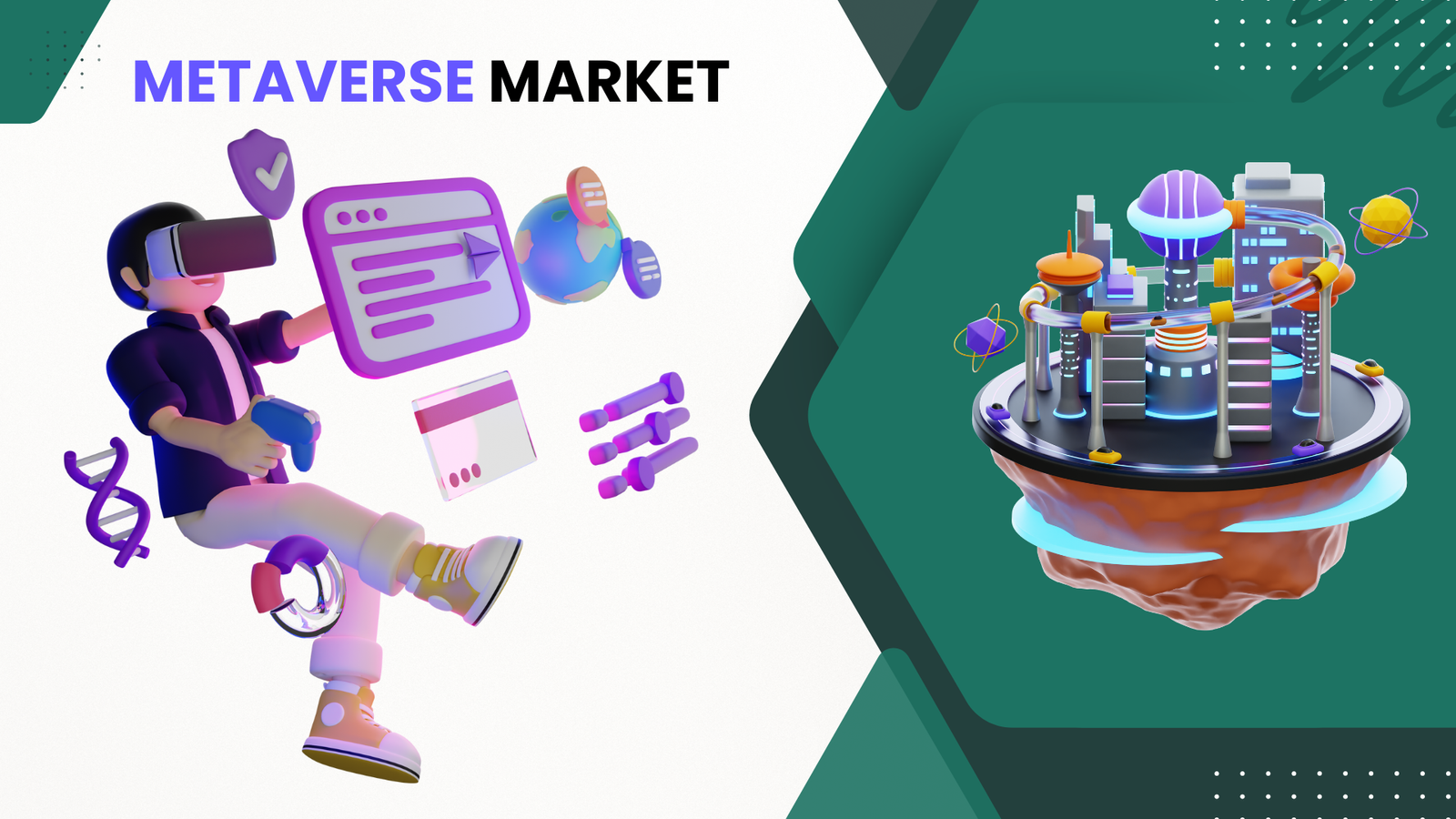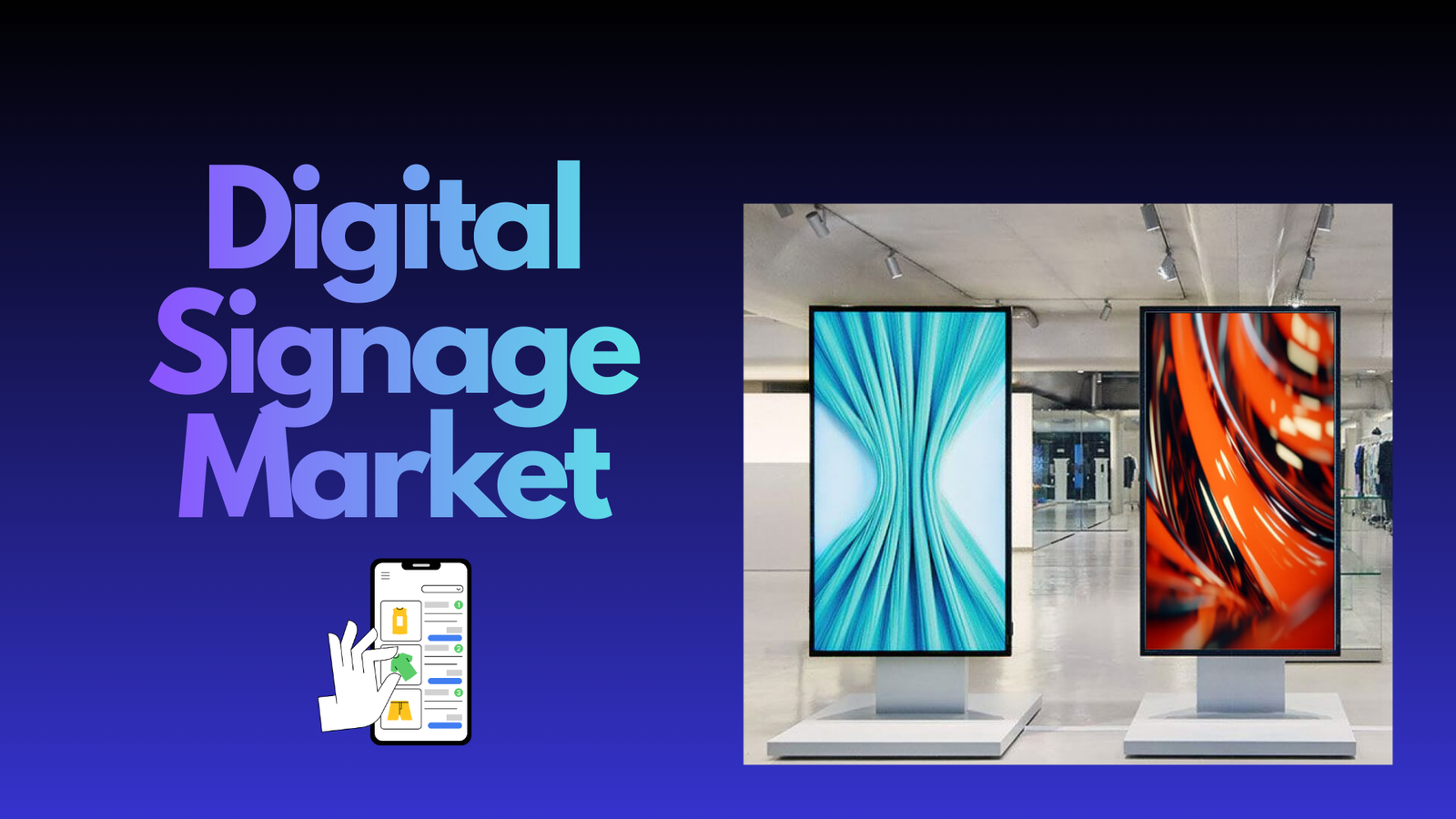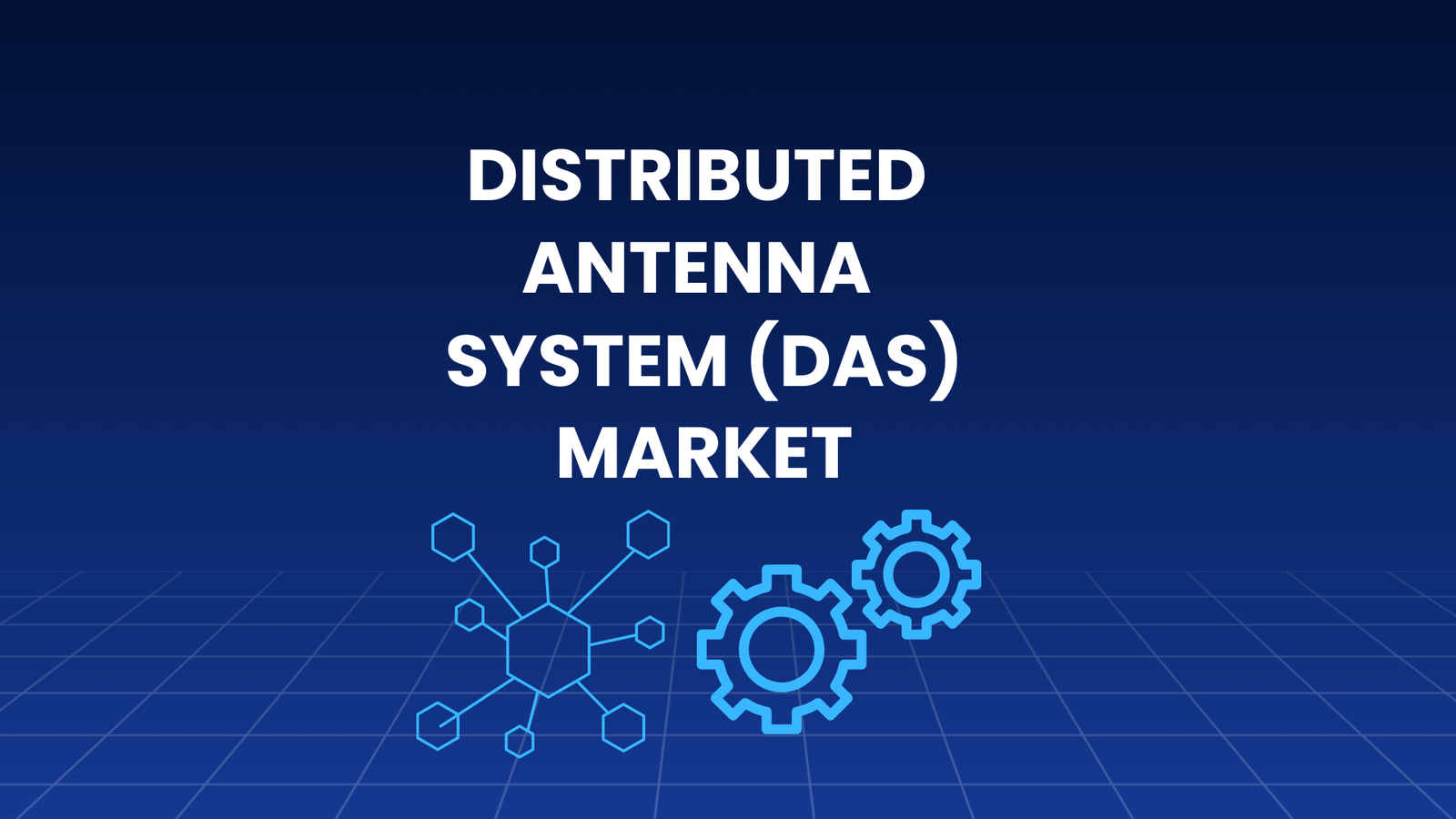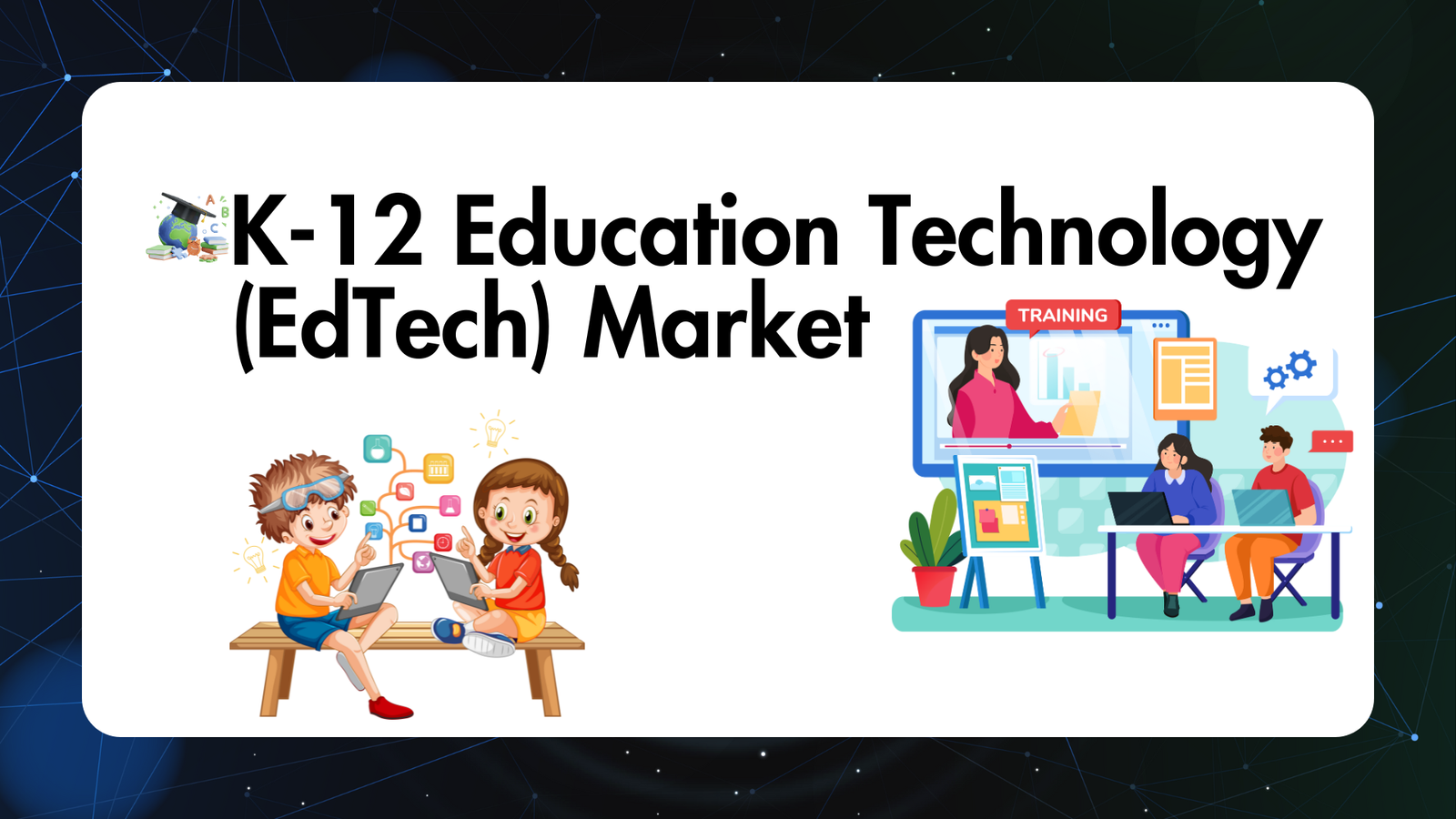Metaverse Market Surges Toward USD 18.1 Billion By 2034
Updated · Sep 04, 2025

WHAT WE HAVE ON THIS PAGE
Introduction
The global metaverse market is entering a phase of accelerated expansion, with its value anticipated to rise from USD 110.4 billion in 2024 to nearly USD 4,473.6 billion by 2034, registering an impressive 44.8% CAGR during the forecast period. This growth is being fueled by increasing adoption of immersive technologies, rising demand for digital economies, and the convergence of gaming, social networking, and enterprise solutions within virtual environments.
The Metaverse Market refers to a digital universe where physical reality meets virtual space, enabling immersive, interactive experiences through interconnected digital environments. It is a growing landscape that merges augmented reality (AR), virtual reality (VR), blockchain, artificial intelligence (AI), and other advanced technologies to create 3D worlds where users can socialize, work, shop, and play. This market goes beyond traditional online interactions by providing users full presence and participation in virtual spaces, making it an innovation reshaping how people and businesses engage digitally.
Top driving factors behind the Metaverse Market’s growth include continuous advancements in VR and AR technologies that power immersive virtual experiences. The demand for digital assets and online social engagement drives platform development, while increasing investments from technology giants accelerate ecosystem expansion. The gaming sector’s expansion, the rise of play-to-earn models, and the rising adoption of blockchain for digital ownership and decentralized transactions also fuel growth.

Key Insight Summary
- In 2024, the Hardware segment led by product type, holding 52.8% share, driven by strong demand for headsets, sensors, and haptic devices.
- By platform, the Desktop segment dominated with 48.7% share, showing user reliance on high-performance systems for immersive access.
- Virtual Reality (VR) and Augmented Reality (AR) together accounted for 34.2% share, underscoring their central role in powering interactive environments.
- Gaming was the leading application, capturing 25.3% share, supported by multiplayer integration and user-generated content.
- By end use, Aerospace & Defense secured 22.9% share, using metaverse technologies for simulation, remote operations, and strategic planning.
Suggested Reading: AI Market: Transforming Industries with Smart Tech
Analysts’ Viewpoint
The key technologies driving metaverse adoption include AR and VR, which provide the immersive user interface for virtual worlds. Blockchain ensures secure digital transactions and ownership of virtual assets such as NFTs. Artificial intelligence enhances the responsiveness and personalization of interactions. Edge computing and high-speed connectivity like 5G reduce latency, enabling real-time experiences. Advancements in 3D modeling and haptic feedback contribute to the realism and engagement factor within the metaverse space.
Reasons for adopting these technologies vary from providing richer customer experiences to enabling new revenue streams. Businesses seek immersive platforms for virtual events, remote work collaboration, and digital showrooms that reach global audiences without geographical constraints. The decentralized nature of blockchain reassures users with ownership rights and transparent transactions. The metaverse also offers sustainability benefits by reducing the need for physical presence and travel.
Investment and Business benefits
Investment opportunities abound as the metaverse encompasses diverse sectors including hardware manufacturing, software development, platforms, digital asset marketplaces, and related services. Investors see growth potential in companies offering enabling technologies, content creation tools, and specialized solutions for industries adapting to virtual environments. Investment methods include metaverse-focused funds, NFTs, virtual real estate, and equity in metaverse-centric enterprises, presenting avenues for portfolio diversification aligned with digital transformation.
Business benefits from metaverse adoption are significant. Companies gain cost savings by replacing physical events and offices with virtual ones. Collaboration improves through real-time, immersive communications. Marketing efforts become more engaging, creating stronger brand loyalty. Virtual marketplaces enable monetization of digital goods and services. The metaverse also opens possibilities for training simulations and customer experience innovations that enhance satisfaction and retention.
Regional Analysis
In 2024, North America held a dominant market position, accounting for more than 40% of global revenue and generating USD 44.16 billion. The region’s leadership is driven by early adoption of augmented reality, virtual reality, and blockchain-based solutions, combined with heavy investments from technology leaders and startups. Strong infrastructure readiness and supportive regulatory frameworks further contribute to the region’s ability to commercialize metaverse applications across industries.

The United States, in particular, represents the epicenter of this growth, with its metaverse industry valued at USD 34.4 billion in 2024. The market is projected to expand at a CAGR of 42.6%, supported by the widespread integration of immersive platforms in gaming, retail, healthcare, and remote work solutions. High consumer awareness and rapid enterprise adoption solidify the U.S. as the driving force behind North America’s continued dominance in the global metaverse market.

Driver Analysis
Increasing Adoption of AR/VR Technologies
The growing adoption of augmented reality (AR) and virtual reality (VR) technologies is a major driver for the metaverse market. These technologies allow users to experience immersive digital environments that feel real, which significantly boosts user engagement and attracts more consumers. As AR/VR hardware becomes more affordable and sophisticated, it enables diverse applications ranging from gaming and social experiences to professional collaboration and training.
Moreover, companies across sectors such as retail, education, and entertainment invest heavily in AR/VR to create interactive and vibrant virtual spaces. These immersive experiences lead to higher user retention and open new revenue streams through virtual goods and services. The technological progress in AR/VR improves user experience continuously, making the metaverse more appealing and accessible, thereby fueling market growth steadily.
Restraint Analysis
High Development and Deployment Costs
One significant restraint to the metaverse market is the high cost involved in developing and deploying the required technologies. Crafting a metaverse ecosystem demands advanced hardware, software, and network infrastructure, which require substantial investment. For startups and smaller companies, these costs can be prohibitive. The expense of creating realistic virtual environments, maintaining servers, and ensuring seamless user experiences limits the speed and scale of adoption, particularly in emerging and price-sensitive markets.
Additionally, ongoing operational costs including updates, cybersecurity measures, and customer support add to the financial burden. Companies may find it difficult to achieve quick returns on these investments due to the nascent stage of the market and varying consumer readiness. This financial barrier restrains rapid market penetration and limits growth opportunities despite rising interest and technological advancements.
Opportunity Analysis
Growth in Virtual Commerce and Digital Asset Marketplaces
The metaverse presents vast opportunities in virtual commerce, with digital asset marketplaces emerging as a lucrative segment. Users in virtual worlds increasingly spend on digital goods like avatars, virtual real estate, apparel, and NFTs, creating new business models and revenue streams. This shift opens doors for brands and retailers to extend their presence into virtual environments, offering immersive shopping experiences that exceed traditional online commerce.
Furthermore, virtual events, advertising, and brand collaborations in the metaverse provide additional monetization avenues. As digital ownership through blockchain-enabled assets becomes more accepted, the potential for secure trade and asset management grows. This expansion into virtual economies offers companies the chance to tap into new customer segments and engage users in personalized, interactive ways that traditional platforms cannot match.
Challenge Analysis
Data Privacy and Security Concerns
A major challenge facing the metaverse market is maintaining data privacy and security. The metaverse relies on detailed user data to create personalized and immersive experiences. Collecting, storing, and sharing this information across different platforms raises concerns about misuse, breaches, and unauthorized surveillance. Users and regulators alike are increasingly vigilant about protecting personal information in virtual spaces.
Additionally, the complexity of metaverse ecosystems with multiple interconnected platforms makes defense against cyberattacks more challenging. Ensuring that digital transactions, avatar identities, and virtual assets are safe requires constant innovation in cybersecurity protocols and compliance with evolving privacy regulations. If these issues are not addressed well, they could hinder user trust, slow adoption rates, and restrict overall market growth despite its technological potential.
Key Market Segments
By Product
- Hardware
- Holographic Displays
- eXtended Reality (XR) Hardware
- Haptic Sensors & Devices
- Smart Glasses
- Omni Treadmills
- AR/VR Devices
- Others
- Software
- Asset Creation Tools
- Programming Engines
- Virtual Platforms
- Avatar Development
- Others
- Services
- Professional Services
- Managed Services
Based on Platform
- Desktop
- Mobile
- Other Platforms
Based on Technology
- Virtual Reality (VR) & Augmented Reality (AR)
- Mixed Reality (MR)
- Blockchain
- Other Technologies
By Application
- Gaming
- Online Shopping
- Content Creation & Social Media
- Events & Conference
- Digital Marketing (Advertising)
- Testing and Inspection
- Others
By End Use
- Aerospace & Defense
- Education
- Tourism and Hospitality
- BFSI
- Retail
- Media & Entertainment
- Automotive
- Others
Top Key Players in the Market
- Microsoft Corporation
- Sony Group Corporation
- Meta Platforms, Inc.
- HTC Corporation
- Google LLC
- Apple Inc.
- Qualcomm Technologies, Inc.
- Samsung Electronics
- Activision Blizzard, Inc.
- NetEase, Inc.
- Electronic Arts Inc.
- Take-Two Interactive Software, Inc.
- Tencent
- Epic Games, Inc.
- Unity Technologies
- Accenture plc
- Adobe Inc.
- Hewlett Packard Enterprise Development LP
- Tech Mahindra Limited
- ANSYS, Inc.
- Autodesk, Inc.
- Nvidia Corporation
- Others
Sources

Aruna is an editor at Techno Trenz and knows a lot about SEO. She is good at writing and editing articles that readers find helpful and interesting. Aruna also makes charts and graphs for the articles to make them easier to understand. Her work helps Techno Trenz reach many people and share valuable information.










